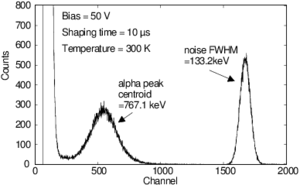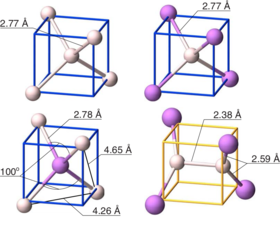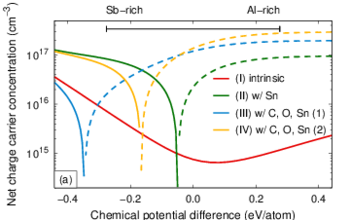First principles calculation of point defects and mobility degradation in bulk AlSb for radiation detection application
V. Lordi,
D. Åberg,
P. Erhart,
and
K. J. Wu
Proceedings of the SPIE 6706, doi:10.1117/12.739117
(2007)
doi: 10.1117/12.739117
The development of high resolution, room temperature semiconductor radiation detectors requires the introduction of materials with increased carrier mobility-lifetime (�tau) product, while having a band gap in the 1.4-2.2 eV range. AlSb is a promising material for this application. However, systematic improvements in the material quality are necessary to achieve an adequate mu-tau product. We are using a combination of simulation and experiment to develop a fundamental understanding of the factors which affect detector material quality. First principles calculations are used to study the microscopic mechanisms of mobility degradation from point defects and to calculate the intrinsic limit of mobility from phonon scattering. We use density functional theory (DFT) to calculate the formation energies of native and impurity point defects, to determine their equilibrium concentrations as a function of temperature and charge state. Perturbation theory via the Born approximation is coupled with Boltzmann transport theory to calculate the contribution toward mobility degradation of each type of point defect, using DFT-computed carrier scattering rates. A comparison is made to measured carrier concentrations and mobilities from AlSb crystals grown in our lab. We find our predictions in good quantitative agreement with experiment, allowing optimized annealing conditions to be deduced. A major result is the determination of oxygen impurity as a severe mobility killer, despite the ability of oxygen to compensation dope AlSb and reduce the net carrier concentration. In this case, increased resistivity is not a good indicator of improved material performance, due to the concomitant sharp reduction in mu-tau.



